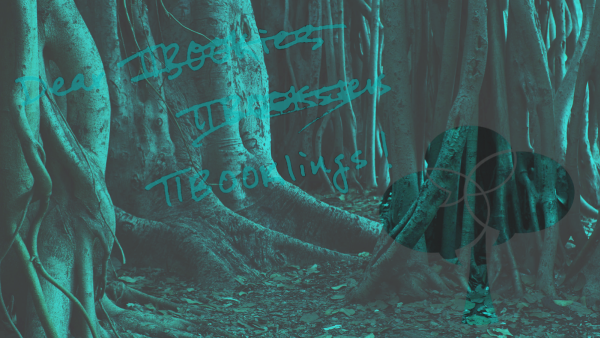
Every so often I come across a book that’s truly mind-blowing. It pulls me into a world that’s astonishing and largely unfamiliar - and makes me grateful to be part of that world. I just had this experience reading Richard Powers’ monumental new novel, “The Overstory.” It’s a 500-page plunge into the science and lore of trees, with portraits of scientists and activists who devote their lives to studying and saving forests. It’s also beautifully written. There are passages that manage to fuse poetry with science. I had the sense that if a tree could talk to us, this would be about as close as we could get to translating that in words.
If you’re not familiar with Powers, I suggest you check him out. He has carved out a unique niche in the literary world. He’s a former computer programmer and lab scientist who’s written a dozen novels about various scientific topics, including genetics, artificial intelligence and virtual reality. He worked on “The Overstory” for five years, reading more than a hundred books about trees as part of his research.
Did you know a single bristlecone pine can live up to 6,000 years? And the root mass of aspens might live 100,000 years? Or that trees can emit chemical signals that alert other trees about an insect attack, basically summoning an air defense system that calls in predators to eat those insects? Or that fungus has a symbiotic relationship with trees - and some fungi actually trap and digest tiny animals and then feed those nutrients back to trees?
I will never think about trees in quite the same way again.
–Steve
